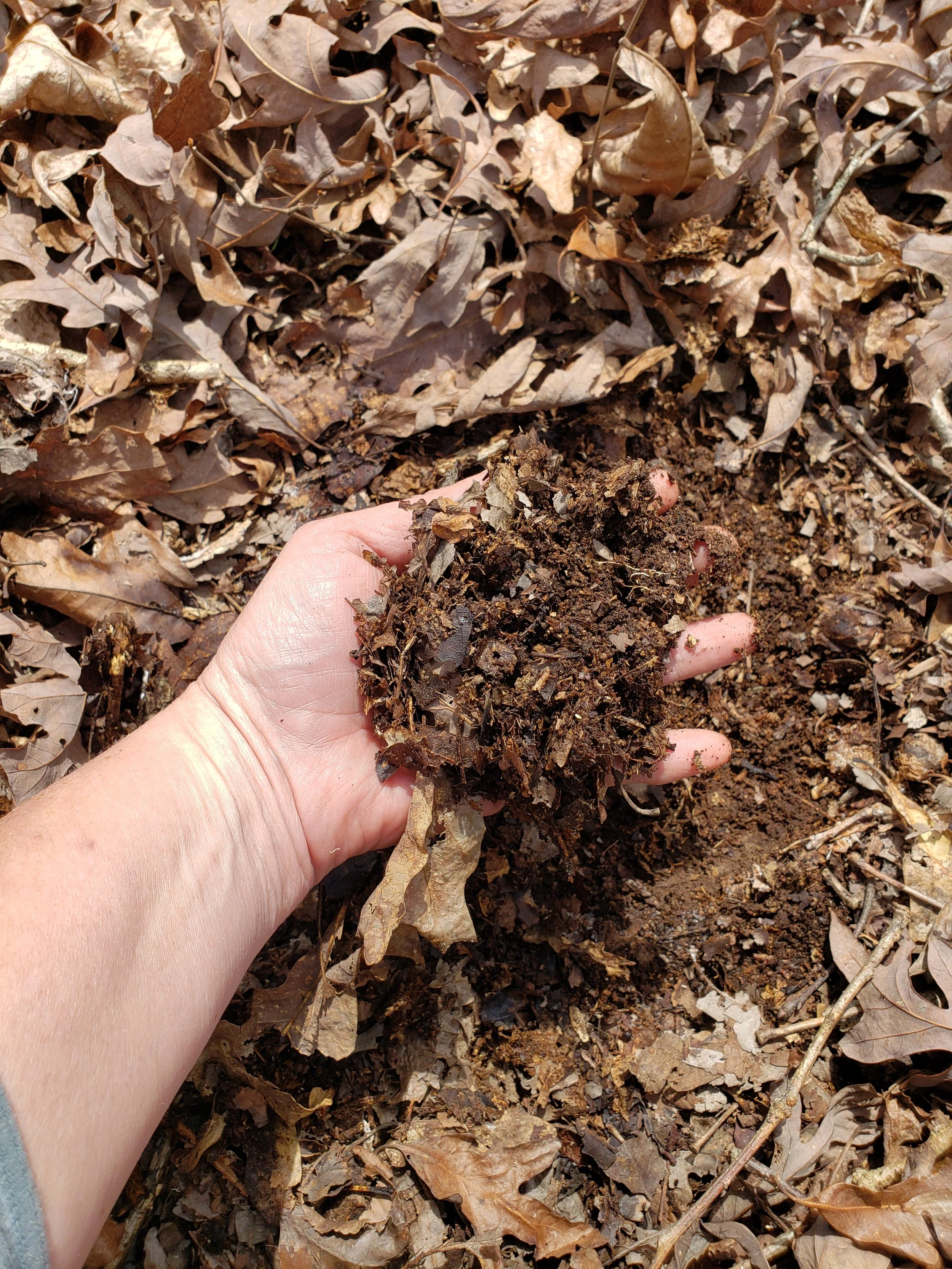
Agriculture
Welcome
This series is a place where stories, ideas, and experiments from the land come together to spark something bigger: community. There’s something special about working with your hands in the soil, watching things grow, nurturing livestock from birth to butcher, and figuring out what really works in your specific patch of land. That’s what these agriculture blogs are all about: real experience, real experiments, and the kind of knowledge that comes from paying close attention to plants, animals, soil, and weather.
What you’ll find here is honest writing, lessons learned the hard way, and the occasional reminder that nature doesn’t care much for human timelines. Whether you’re homesteading, farming full-time, or just curious about how to live closer to the land, these posts are meant to offer something useful: and maybe even spark a few ideas for your own operation.
I write about what I’m doing, what I’m testing, and what I’d do differently next time. From Korean Natural Farming to rotational grazing, seed saving to soil health: if it’s happening in the dirt, we’re probably talking about it.
There’s no one-size-fits-all answer in agriculture, either. What works for one piece of land may not work for another. But the principle stays the same: if we want strong, resilient food systems, we’ve got to build them ourselves, from the ground up.
Whether you’re here to learn, share, or just see what’s possible, you’re welcome.
So pour a cup of coffee or tea, pull up a chair, and come see what’s growing.
Myths & Misnomers: Apiculture Myth #9
Factory-pressed comb might look tidy, but those oversized cells disrupt natural hive biology and create a breeding ground for mites. Learn why natural beekeepers let bees build their own comb—and how it supports stronger colonies.
Myths & Misnomers: Apiculture Myth #6
Feeding sugar water in emergencies is fine—but replacing all the bees’ honey in the fall? Not so much. Learn why honey provides more than calories and why natural beekeepers prioritize hive nutrition.
Myths & Misnomers: Apiculture Myth #5
The queen may be central to reproduction, but she’s not calling the shots. The hive functions through collective intelligence. Learn how decisions really get made in this myth-busting post.
Myths & Misnomers: Apiculture Myth #4
Smoke isn’t a tranquilizer—it’s a survival alarm. Bees gorge on honey and brace for evacuation when they smell smoke. Learn why natural beekeepers use it carefully and what your hive is really experiencing.
Myths & Misnomers: Apiculture Myth #3
In natural beekeeping, function matters more than appearance. Bees use propolis, burr comb, and other so-called “mess” to regulate their hive. A tidy hive isn’t always a healthy one—learn how to read the difference.
Myths & Misnomers in Beekeeping
Old beekeeping advice isn’t always wrong—but it isn’t always right, either. This series explores the truths behind common myths, and how natural beekeepers can read the hive for what it’s really saying.
The Science Behind
Silkie chickens have more going on than meets the eye. In this post, we explore the science behind their unusual immune system, why pigmentation plays a role, and how that might affect the health benefits of their meat.
Collecting and Training your Local Microbiology
Discover how to collect, stabilize, expand, and integrate Indigenous Microorganisms (IMOs) into your soil ecosystem. This step-by-step guide covers IMO 1–4 and introduces the art of working with your local microbiology to strengthen soil fertility naturally.
Working with the Microbial Web
Healthy soil isn't just dirt — it’s alive. In Part 1 of our Microbial Web series, we explore what Indigenous Microorganisms (IMOs) are, why they matter, and how they form the foundation of Korean Natural Farming (KNF) and JADAM practices. Learn why working with your local biology can transform your soil, your plants, and your entire farm ecosystem.
What Do Chickens and Forests Have in Common?
Curious about Korean Natural Farming? Discover how mimicking forest systems can create a low-smell, low-effort chicken coop—and produce healthier birds with richer eggs. This beginner-friendly guide introduces KNF for backyard chicken keepers, from soil care to seasonal rhythms.
Harvesting Growth
Learn how to match your plants' growth stage with the right wild-foraged materials to make potent, stage-specific Fermented Plant Juice (FPJ). This guide shows you when, what, and why to harvest—from chickweed in spring to comfrey in recovery—and how to apply FPJ for peak plant vitality.
Healthy Chickens, Naturally
Discover how Korean Natural Farming (KNF) can transform your chicken coop and tractor setup. From reducing odor to boosting your flock's immunity, this microbe-powered method is easy, natural, and perfect for small farms and homesteads.
KuneKune Pigs
KuneKune pigs are a unique, small, and sustainable breed perfect for regenerative farming. Known for their gentle nature, efficient grazing, and premium-quality pork, they offer an ethical and low-maintenance alternative to commercial swine. This in-depth guide explores their history, breeding, nutrition, health, and role in sustainable agriculture, making it an essential resource for farmers and homesteaders looking to integrate KuneKunes into their operations.
KuneKune Pigs
KuneKune pigs are friendly, pasture-raised heritage pigs known for their compact size, unique wattles, and incredibly flavorful pork. This guide breaks down their identifying features, slow-growth benefits, and how their pork compares to other breeds—so you can decide if they're the right fit for your farm or homestead.














